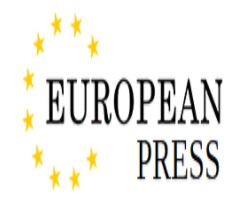Mohammadreza Ashrafi, CEO of a Digital Marketing agency in Dubai, discusses the future of marketing in the Middle East and wider MENA region.
With extensive experience leading campaigns both within Arab countries and Iran and their neighboring Persian-speaking markets, Ashrafi shares grounded insights on how the region’s digital landscape is shifting, particularly with the rise of AI in different languages and revolutionary changes in search habits among the Gen Z.
Let’s talk trends, what’s hot in 2025 and how exactly is AI shaking things up?
Ashrafi: Almost everyone knows these days that Artificial intelligence is genuinely transforming the way we operate, and across the MENA region, we’re seeing this shift gather real momentum thanks to high mobile penetration and digital maturity. At our agency for example, we’ve been integrating AI tools to analyse real-time behaviour and deliver more relevant campaigns across both Arabic- and Persian-speaking markets.
With third-party cookies on the way out, AI helps us make far smarter use of first-party data. From dynamic segmentation to content personalisation, the results have been significant. We’re also experimenting with generative AI tools but always with human oversight to maintain cultural authenticity. A market forecast anticipates the Middle East’s AI sector will grow by over 43% annually until 2033 according to IMARC Group. Another whitepaper published in May 2025 by SleekFlow, indicates that more than 60% of businesses in the UAE are already tapping into AI, and similar momentum is building in Iran as well.
When it comes to typing’s old news, how are people searching now, and what should marketers do to keep up?
Ashrafi: People aren’t just typing into search bars anymore. Voice and visual search are gaining popularity, particularly among the younger crowd in the region. According to a recent Google report, Google Lens now handles around 20 billion visual searches monthly, with shopping queries being a large part of that. In the MENA region, where image-rich communication and mobile usage dominate, these shifts are even more pronounced.
Support authors and subscribe to content
This is premium stuff. Subscribe to read the entire article.












